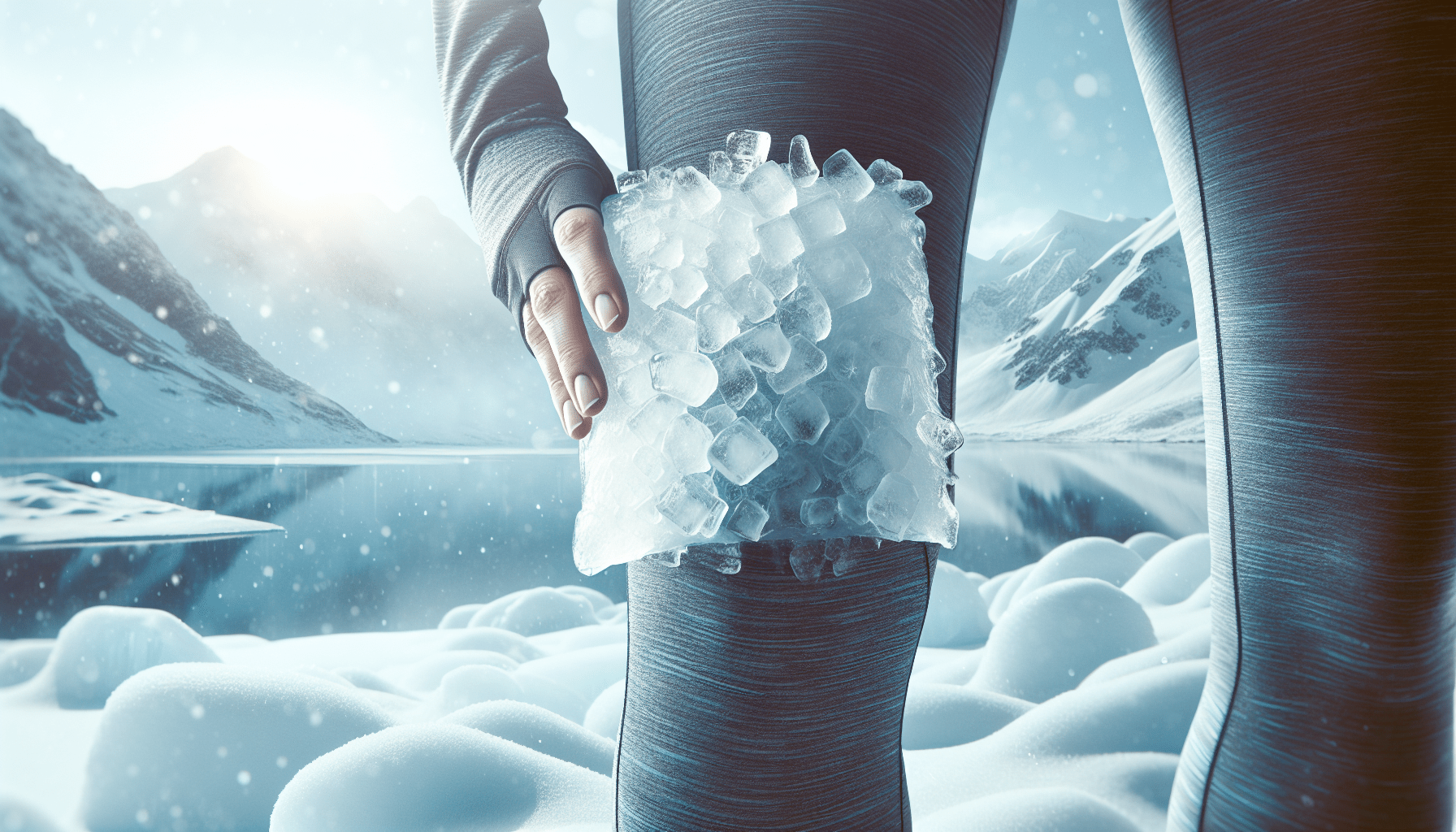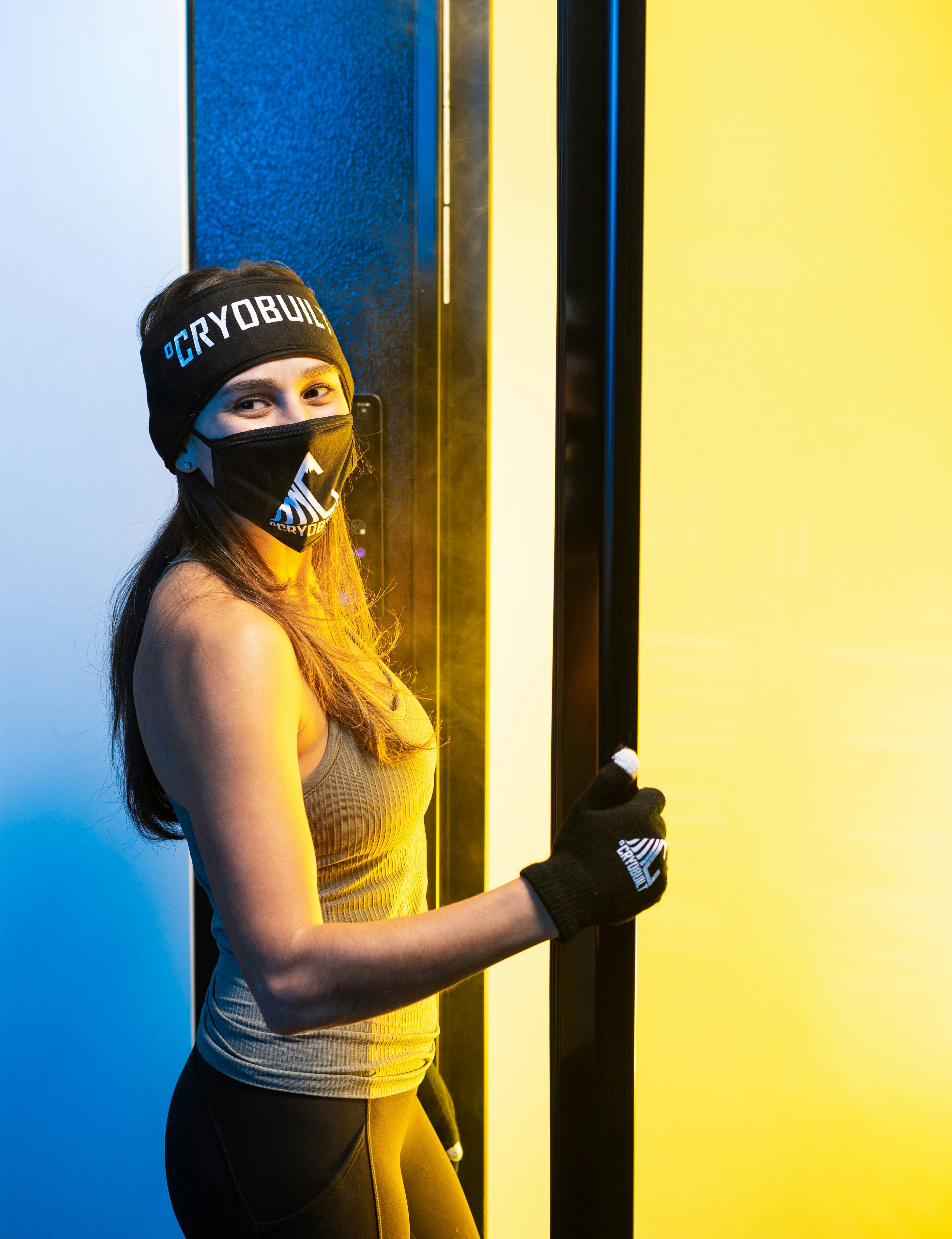Have you ever wondered why athletes immerse themselves in ice baths or press icy packs against their injuries? Cold therapy, or cryotherapy, might seem like a routine part of athletes’ recovery process, but have you ever thought about the science behind it? Let’s unpack how this chilly approach can reduce the risk of overuse injuries and why it might be beneficial for you too.
What is Cold Therapy?
Cold therapy, often referred to as cryotherapy, is a treatment method where cold temperatures are applied to the body. The purpose is to reduce blood flow to a particular area, which can significantly decrease inflammation and swelling that causes pain, especially around a joint or a tendon. It plays a vital role in managing pain, aiding recovery, and has been a go-to strategy in sports medicine for years.
There are several types of cold therapy ranging from simple ice packs and gel packs to more sophisticated methods like ice baths and cryotherapy chambers. Each method has its specific uses and benefits. Let’s dive deeper into these methods and discover how they work.
Types of Cold Therapy
You might be more familiar with traditional methods like ice packs, but cold therapy extends to several other types. Here’s a quick rundown:
| Type of Cold Therapy | Description |
|---|---|
| Ice Packs/Gel Packs | Convenient, reusable packs you freeze beforehand and apply to injured areas. |
| Ice Massage | Directly massaging ice onto the skin for targeted treatment. |
| Ice Baths | Immersion of the body or body part in cold water; typically used by athletes. |
| Cryotherapy Chambers | Using a special chamber to expose the body to very low temperatures swiftly. |
Each method has its own use case, with some more suited for acute injuries and others more for ongoing therapy. Ice packs and gel packs are incredibly convenient for minor injuries you might encounter at home, while ice baths and cryotherapy chambers are often used in more professional sports settings.
How Does Cold Therapy Work?
Cold therapy works by constricting blood vessels (vasoconstriction), which reduces blood flow and limits swelling in tissues. When you have an injury, blood rushes to the affected area to deliver nutrients and remove waste, which can cause inflammation and pain. Reducing the blood flow with cold therapy can alleviate swelling and the associated discomfort.
Benefits of Reduced Inflammation
Reducing inflammation does more than just lessen swelling. This process can significantly accelerate your healing process. When inflammation is mitigated, your cells can repair tissues faster. Furthermore, reducing inflammation can prevent further damage that may occur because of swelling and pressure on tissues.
Pain Reduction
Applying cold to an injury numbs the area, serving as a natural analgesic. This numbing effect can provide instant relief from acute pains, especially helpful for athletes or anyone with a physically demanding routine.
Cold Therapy and Overuse Injuries
Overuse injuries are among the most common issues faced by athletes and regular exercisers. These injuries result from repetitive trauma on muscles, tendons, or bones. Unlike acute injuries, their symptoms develop gradually and can become chronic if not addressed.
Common Overuse Injuries
Some typical overuse injuries include:
- Tendinitis: Inflammation of a tendon.
- Bursitis: Inflammation of the bursa, a fluid-filled sac that cushions bones and tendons.
- Stress Fractures: Small cracks in bones.
- Runner’s Knee: Pain around the kneecap often experienced by those who adjust to new training.
Understanding overuse injuries helps in realizing how cold therapy can be an effective prevention and treatment strategy.
The Role of Cold Therapy in Preventing Overuse Injuries
Cold therapy can be notably effective in treating and preventing overuse injuries. By regularly applying cold temperatures to potential problem areas, you can reduce the risk of inflammation before it becomes a significant problem.
- Inflammation Control: Regular application of ice can manage minor inflammations, preventing them from escalating into more significant issues.
- Pain Management: By helping control pain early, athletes can maintain their performance levels without making an injury worse.
- Recovery Enhancement: Facilitating quicker recovery from workouts aids in maintaining optimum performance levels and reducing the risk of overuse.
How to Apply Cold Therapy Safely
While cold therapy can be incredibly beneficial, it’s essential to apply it correctly to avoid any adverse effects. Using cold therapy improperly can lead to frostbite or further injuries.
Safety Guidelines for Cold Therapy
Here are some tips to safely use cold therapy:
- Limit Time: Do not apply ice directly on the skin for more than 15-20 minutes at a time.
- Barriers: Use a cloth or towel as a barrier between your skin and the ice pack.
- Check Skin Regularly: Ensure there are no signs of ice burn like pallor or numbness.
- Frequency: Use cold therapy every 1-2 hours post-injury during the acute phase, then reduce frequency as inflammation decreases.
When to Avoid Cold Therapy
There are situations where cold therapy may not be ideal:
- Poor Circulation: If you have circulation issues, it’s best to consult a healthcare provider before using cold therapy.
- Sensitivity Conditions: Some people with conditions like Reynaud’s disease should approach cold therapy cautiously.
Integrating Cold Therapy into Your Routine
Incorporating cold therapy into your routine can enhance your recovery process and help keep injuries at bay. Strategically using cold therapy after intense workouts or sports activities can extend the benefits beyond immediate pain relief.
Tips for Regular Use
- Post-Exercise Routines: Incorporate ice baths after-demanding training sessions to reduce muscle soreness and accelerate recovery.
- Condition Treatment: If you’re prone to specific overuse injuries, applying cold therapy to those areas can act as a preventative measure.
- Part of a Bigger Plan: Use cold therapy alongside other recovery methods like stretching, hydration, and proper nutrition for comprehensive care.
Cold Therapy in Professional Sports
Professional athletes often rely on cold therapy as part of their regimen. You might notice that after intense games, athletes quickly move to cold baths. Why? Because this quick switch can offer benefits the next day, maintaining high levels of performance.
Case Studies: Professional Use
The use of cryotherapy chambers and ice baths in professional sports is prevalent. Athletes from football, track and field, basketball, to martial arts use cold therapy to prepare their bodies for intense competition and facilitate recovery post-event.
Teams often have specific protocols in place to manage injuries and maintain players’ health using cold therapy, underscoring the importance and effectiveness of this strategy.

Exploring Alternatives and Complements to Cold Therapy
While cold therapy might fit well within your recovery regimen, understanding its complements or alternatives can provide holistic care.
Heat Therapy vs. Cold Therapy
Heat therapy, unlike cold therapy, is used to relax and loosen tissues and to stimulate blood flow to an area. It’s particularly useful for non-inflamed, chronic injuries, providing soothing relief.
| Aspect | Cold Therapy | Heat Therapy |
|---|---|---|
| Best For | Acute injuries, inflammation, and swelling | Chronic pain, muscle tension |
| Mechanism | Vasoconstriction (reduces blood flow and swelling) | Vasodilation (increases blood flow to promote relaxation) |
Alternative Treatments
In tandem with or as an alternative to cold therapy:
- Compression Therapy: Often paired with ice, reduces swelling and provides support.
- Physical Therapy: Incorporates exercises and treatments to strengthen and repair tissues.
- Massage Therapy: Relieves muscle tension and improves circulation post-exercise.
By combining cold therapy with other treatments, you can maximize your recovery and prevention strategies.
Conclusion
Cold therapy offers numerous benefits for preventing and treating overuse injuries, making it a valuable tool in any athletic or exercise routine. By thoughtfully applying cold therapy and considering its place alongside other treatments, you can support your body’s recovery processes, optimize performance, and reduce injury risks.
Whether you’re an athlete or someone who enjoys a regular fitness routine, understanding how to utilize cold therapy effectively can lead to healthier, more resilient muscles and joints. So the next time you find yourself reaching for that ice pack or feel tempted to plunge into an ice bath, remember the multiple layers of benefits and application strategies cold therapy offers for a robust, physically active lifestyle.




